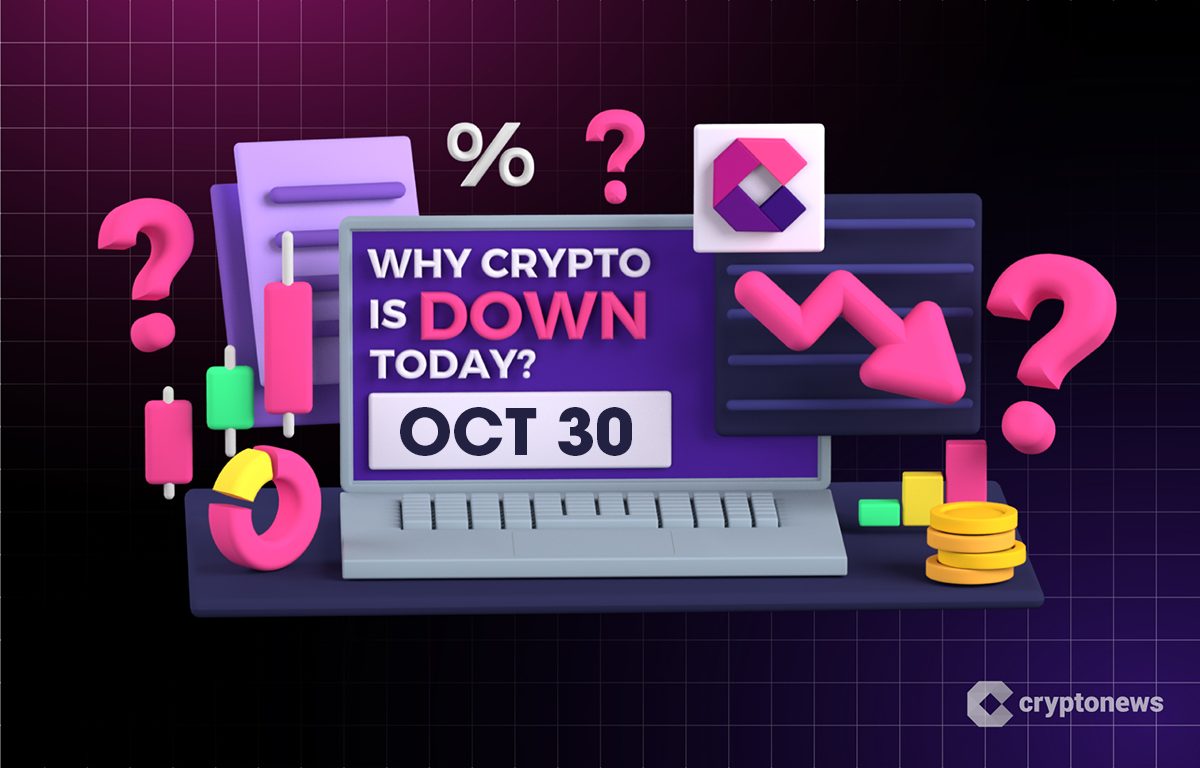5 Ways Async Work Builds a More Flexible and Inclusive Workplace
Return-to-office rates have steadied, yet flexibility still ranks in the top three reasons people switch jobs, right beside pay and growth, according to recent McKinsey research. Another study also shows that employees thrive when they are allowed to work from home.
Many frame flexibility around where we sit or when we log on. Besides the hours and location, the missing piece is how we collaborate. That is where asynchronous (async) work, or the practice of working where communication is not expected to be immediate, changes the game.
Here are five ways async work is helping us build a more flexible, inclusive, human-first workplace for our global team – and how it could do the same for yours.
1. Making communication more equitable
Traditional meetings often reward speed over substance. Researchers call this the “extrovert bias” – fast or forceful speakers shape decisions while quieter colleagues struggle to break in. That bias hurts innovation by filtering out slower-burn ideas.
Async work flips the dynamic:
- Written updates replace live monologues. Everyone drafts thoughts at their own pace and edits before posting.
- Recorded demos pause for reflection. Teammates respond with time-stamped comments, not knee-jerk reactions.
- Inclusive dialogue widens the talent pool. A study found that asynchronous communication boosted participation for introverts and non-native speakers across distributed teams.
When voices rise by merit, not volume, better ideas surface.
2. Enabling real scheduling flexibility
Nine-to-five suits payroll software, not people’s lives. McKinsey data show workers prize flexible hours and greater control over their time as much as location choice.
Async workflows replace fixed shifts with outcome-based expectations:
- Parents can handle the morning school run and log in afterward.
- Caregivers pause to attend appointments without losing pay.
- Employees managing chronic conditions arrange tasks around energy spikes – a benefit disability consultant at CMA highlights as “leveling the playing field”.
Because deliverables, not desk time, measure success, everyone gains autonomy to plan work when they feel sharpest. That freedom encourages accountability – nobody hides behind a “busy” status light.
3. Supporting cognitive diversity
Brains process information in wildly different ways: some spark in rapid white-board sessions; others need quiet thinking blocks. Async practices nurture both.
- Choice in work rhythm. Team members bundle tasks into long, uninterrupted stretches or short, focused bursts.
- Reduced sensory overload. Remote.com’s 2025 insight report notes that many neurodivergent professionals thrive when they can curate their environment and limit spontaneous calls.
- Fewer attention drains. A Fortune study found 59 percent of office workers cannot stay focused for 30 minutes in a typical setting – endless pings pull them off track.
By lowering noise – literal and figurative – async structures let every cognitive style hit its stride.
4. Protecting work-life balance
Always-on culture breeds burnout. The expectation of immediate replies blurs boundaries until evenings looks like extended afternoons.
Async norms restore balance through clear response windows and documented workflows. Teams using async methods report lower stress because they control when they engage instead of reacting on command. This flexibility helps address a root cause of burnout.
Some principles we adopted at Muse Group are:
- Giving teammates up to 72 hours to respond thoughtfully;
- Encouraging written communication – team decisions live in a decision log and many of those advance in writing without a single meeting;
- Setting clear accountability structures and a culture of action – at the team’s chosen pace, but within agreed SLAs.
When people own their clocks, recovery and deep focus can coexist.
5. Giving creative minds space to thrive
Creative work – coding a new audio engine or arranging a jazz chart – demands deep focus that constant notifications typically shatter. Harvard Business Review found that asynchronous teams produced more original solutions because contributors iterated privately before sharing polished ideas.
Async work protects the “flow state”. A concept taken from positive psychology, ‘flow’ is a mental state in which a person is fully immersed in the activity, feeling energized and focused. We make every Wednesday a no-meeting day to help our team reach this state. As a result, 88 percent of our surveyed employees say they can concentrate without distraction, 79 percent find it easier to tackle complex projects, and 62 percent report higher-quality output.
The outcome is fewer meetings and richer deliverables – because creators spend more time creating.
Asynchronous work is not a silver bullet, yet it shifts focus from presence to performance, unlocking benefits that standard hybrid schedules miss:
- Equitable voices – written forums dampen extrovert bias.
- Real flexibility – individuals sync work with life, not vice versa.
- Cognitive inclusion – neurodivergent and introverted teammates thrive.
- Healthier boundaries – less “on call” pressure curbs burnout.
- Deeper creativity – long focus windows spark better ideas.
By moving away from the assumption that everyone must work in the same way and letting employees actually choose how they work, companies can strengthen flexibility and foster a culture where people are empowered to do their best work.
\ \
You May Also Like

Why Is Crypto Down Today? – October 30, 2025

The UFC collaboration project, FIGHT tokens, raised $183 million in its public offering, exceeding its target by more than 100 times.
